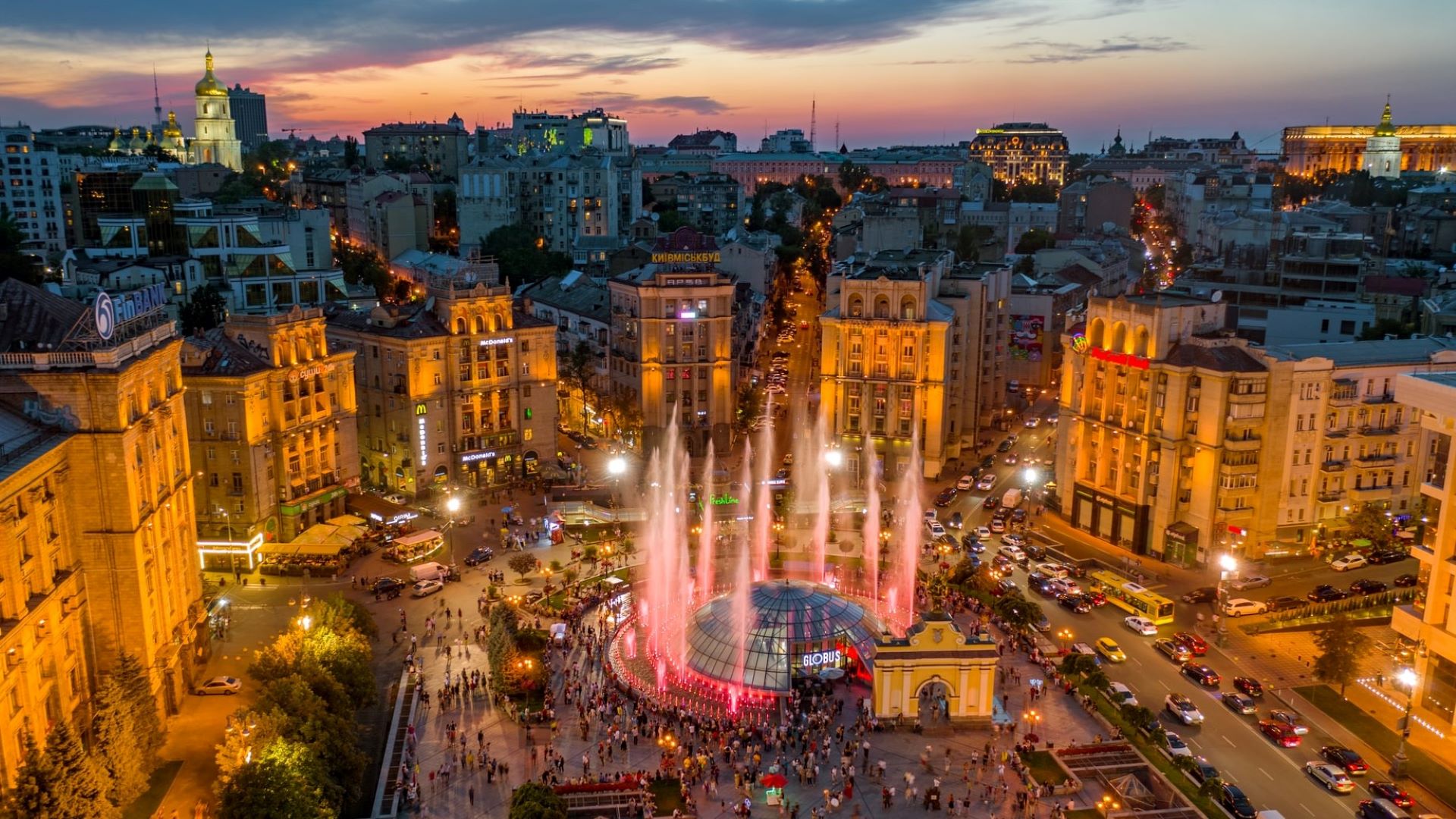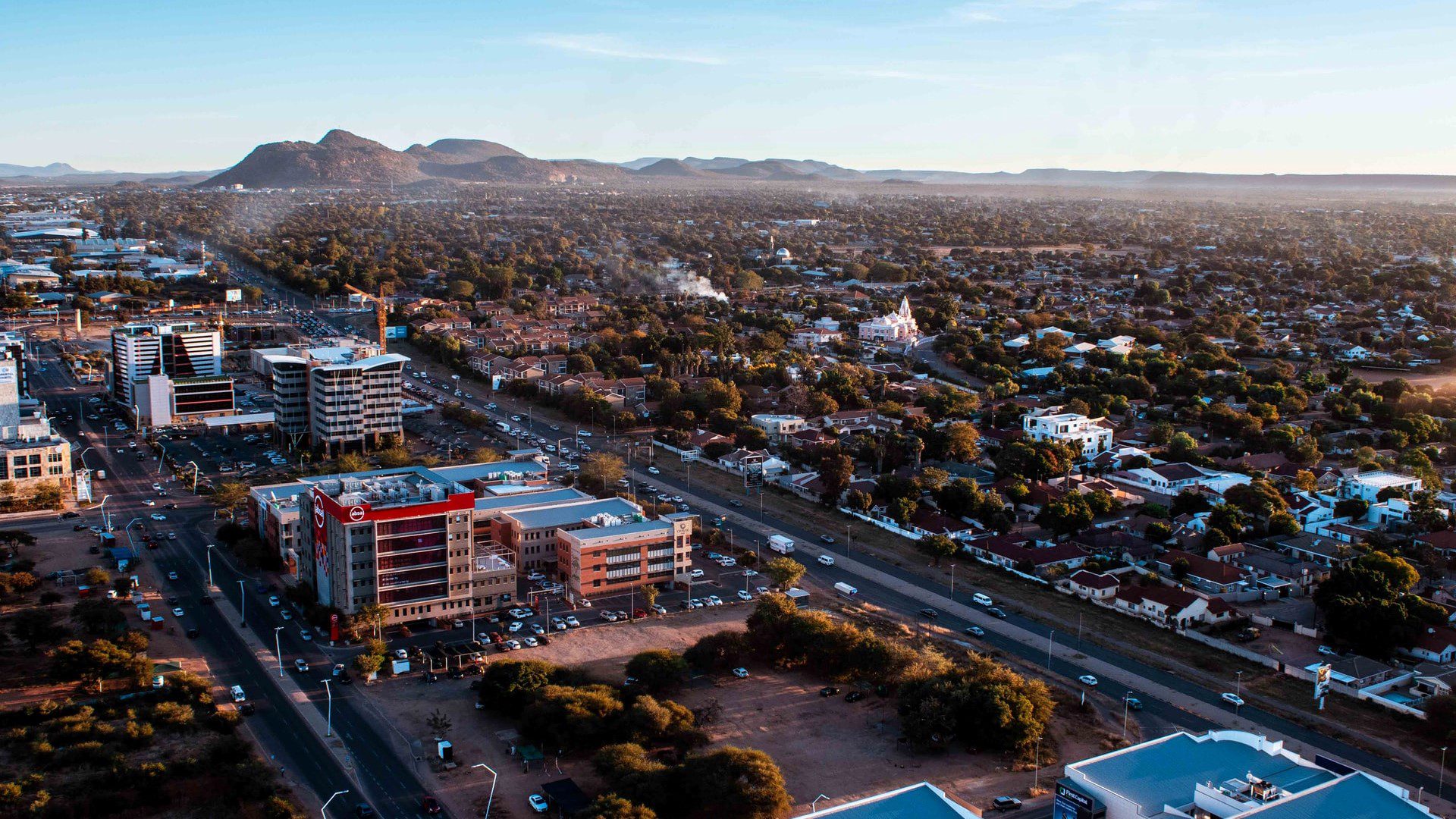Lebanon has always been a land of migration, war, and turmoil. Currently, Lebanon is facing a new great exodus — one that has touched every Lebanese household and every Lebanese town.
It’s curse is its strategic location, in which foreign powers play in as it suits them. Of course, when it no longer does, they abandon Lebanon, turning stability and prosperity into rarities. The corruption of local leaders and internal disputes have contributed to the lack of stability, weak economy, and fragile society, too.
On the back of these problems, millions of people have left Lebanon in search of opportunities elsewhere. This emigration has led to the creation of large diaspora communities around the world; the most notable ones are in Brazil (6 million ), Argentina (1.5 million), the United States (440,279), France (225,000), and Australia (203,139).
It is this new wave that has the potential to cause this figure to skyrocket even further.
Migration from Lebanon in numbers
The Lebanese institutions that are researching the emigration issue are limited, as most statistical associations are more busy conducting studies on the coming parliament elections in March.
But one of the few institutions doing good work is the Crisis Observatory at the American University of Beirut, an institution that, on August 31, 2021, released an article where it termed the current crisis the third wave of mass migration.
The first wave since Lebanon’s independence in 1943 started during the Lebanese civil war, which occurred between 1975-1990, where 990,000 people left home. Then, between 1990 and 2019, an estimated 750,000 people left the country owing to war severely hindering economic development.
In the past two years an estimated 500,000 people, including doctors, students, entrepreneurs, teachers, and skilled workers have left the country. Many hospitals and schools are losing staff. A recent survey showed that 77 percent of Lebanon’s youth want to leave the country to live abroad.
Just compare those numbers — in only two years — to previous waves. Then compare Lebanon’s migration rate to what we’ve seen in countries like Venezuela, Greece, and Zimbabwe. It’s obvious: the situation is dire and shows no signs of slowing.
What is causing all this emigration from Lebanon?
With the closure of the banks a few days after the October 17, 2019 revolution, a long-predicted economic crisis finally arrived. Banks placed restrictions on people’s reserves, and those restrictions have increased gradually along with inflation, which hit at an unprecedented rate of over 200 percent in November 2021.
Soon thereafter, as the COVID-19 pandemic hit, a lockdown swiftly followed which severely damaged already struggling businesses. They had to close or work at a much lower capacity, and the medical sector was put under tremendous strain.
On August 4, 2020, as the country remained under lockdown, one of the largest non-nuclear explosions famously occured. It destroyed the Port of Beirut, one of the country’s main economic hubs. The blast killed more than 200 people, injured thousands, severely damaged the city’s infrastructure, closed businesses, and demolished 300,000 people’s homes.
Then, in 2021 came the electricity and fuel crisis, which has made simple tasks expensive and difficult. 2021 also saw the Lebanese pound inflate to 25,000 LL = $1 (at the time of writing). In fact, Lebanon is considered to have the third-most severe economic crisis in modern history, according to the World Bank. Poverty is rampant in Lebanon and the rate of multidimensional poverty could even exceed 80 percent in the near future.
In short, life has become financially unattainable, services have become limited, and the Lebanese have come to believe that their security can be threatened at any time.
It has led to a mass exodus of Lebanese people from their home country — and who could blame them for leaving? But the exodus will lead to even more disastrous economic, social, and demographic effects.
The rush to passports
The mass exodus became clear during the summer of 2021, when thousands rushed to national security centers in Lebanon to apply for passports, some even there at 4:00 am.
In September, Major General Abbas Ibrahim, head of Lebanon’s General Security Directorate, stated that his agency was handling 7,000 to 8,000 daily passport applications, compared to the once usual 3,000.
This crisis has pushed the directorate to impose restrictions, such as only permitting passports to those who have a ticket booked, and its average completion time for passports slowed to beyond a month. These measures, simple though they seem, are tyrannical: they restrict the freedom of — in a way, they imprison — their own citizens.
Ironically (and sadly), it’s that same, big-government tyranny — above all, the tyranny of war, inflation, and lockdown — that led so many Lebanese to want out in the first place.
Only through reinstating peace, stability, and economic sanity will the Lebanese youth be able to stay in the place they call home.
To read more about the crisis in Lebanon, be sure to check out further content by clicking on the button below.
This piece solely expresses the opinion of the author and not necessarily the organization as a whole. Students For Liberty is committed to facilitating a broad dialogue for liberty, representing a variety of opinions. If you’re a student interested in presenting your perspective on this blog, send your piece to [email protected], and mention SFL Blog in the email subject line for your chance to be published and be seen!









